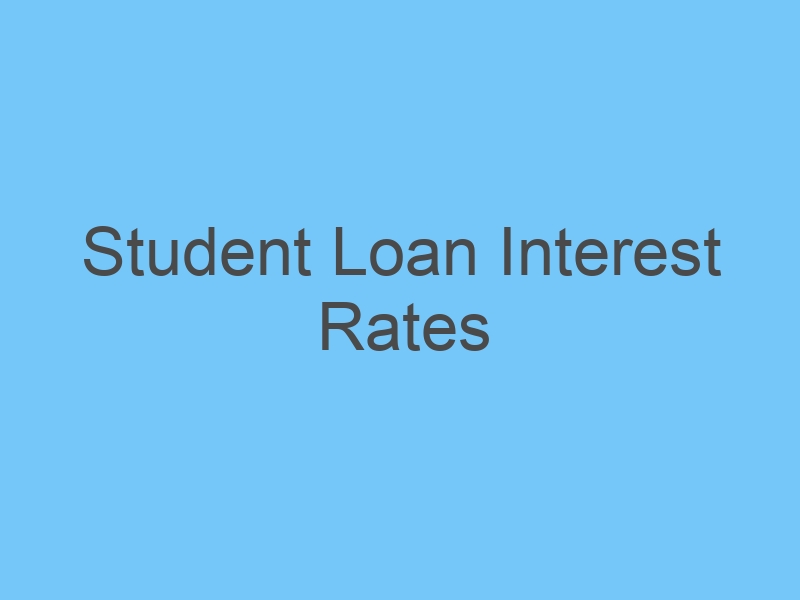
Best Swimming Pool Loans
Finding the best swimming pool loan involves comparing different lenders, interest rates, terms, and fees to determine the option that suits your financial needs and goals. Here are some steps you can take to find the best swimming pool loan:
- Check Your Credit Score: Before applying for a swimming pool loan, check your credit score. A higher credit score can help you qualify for better interest rates and loan terms.
- Research Lenders: Look for reputable lenders that offer swimming pool loans. Banks, credit unions, online lenders, and specialized lenders may provide pool financing.
- Compare Interest Rates: Obtain loan quotes from multiple lenders and compare the interest rates offered. Even a small difference in interest rates can significantly impact the total cost of the loan.
- Understand Loan Terms: Review the loan terms, including the loan amount, repayment period, and monthly payments. Choose a loan term that fits your budget and financial goals.
- Consider Fees: In addition to interest rates, inquire about any fees associated with the loan, such as origination fees, application fees, or prepayment penalties.
- Loan Amount: Ensure the loan amount covers the total cost of the swimming pool project, including construction, permits, equipment, and any additional expenses.
- Collateral: Determine whether the loan requires collateral. Some loans may use the pool itself or other assets as collateral.
- Preapproval: Consider getting preapproved for a loan before starting the pool project. Preapproval can help you understand your budget and negotiate with contractors.
- Loan Options: Explore different types of loans, such as personal loans, home equity loans, or home equity lines of credit (HELOCs). Each option has its own benefits and considerations.
- Customer Reviews: Research customer reviews and feedback about lenders to ensure a positive borrowing experience.
- Consult a Financial Advisor: If you’re unsure about the best loan option, consider consulting a financial advisor for guidance on choosing the right financing solution.
- Contractor Financing: Some pool contractors may offer financing options or partnerships with lending institutions. While convenient, compare these options with other lenders to ensure you’re getting the best deal.
It’s important to thoroughly research and compare your options to find the swimming pool loan that best fits your financial situation and goals. Taking the time to make an informed decision can help you enjoy your new swimming pool while managing your finances responsibly.

Dr Clara Lee is specializes in aesthetic/cosmetic plastic surgery of the face, nose, breast and body, and is considered one of the best facial plastic surgeons in the world. MD, FACS, is highly qualified and experienced in the field of plastic surgery and aesthetic care and has performed over 10,000 surgical procedures.
About
Dr. Clara Lee couples his outstanding professional credentials and ethics with a personalized approach to patient care and a keen eye for aesthetic beauty.
Specialties: plastic surgeon, plastic surgery
by Clara Lee
Reviewed by Clara Lee
approved by Dr Clara Lee








